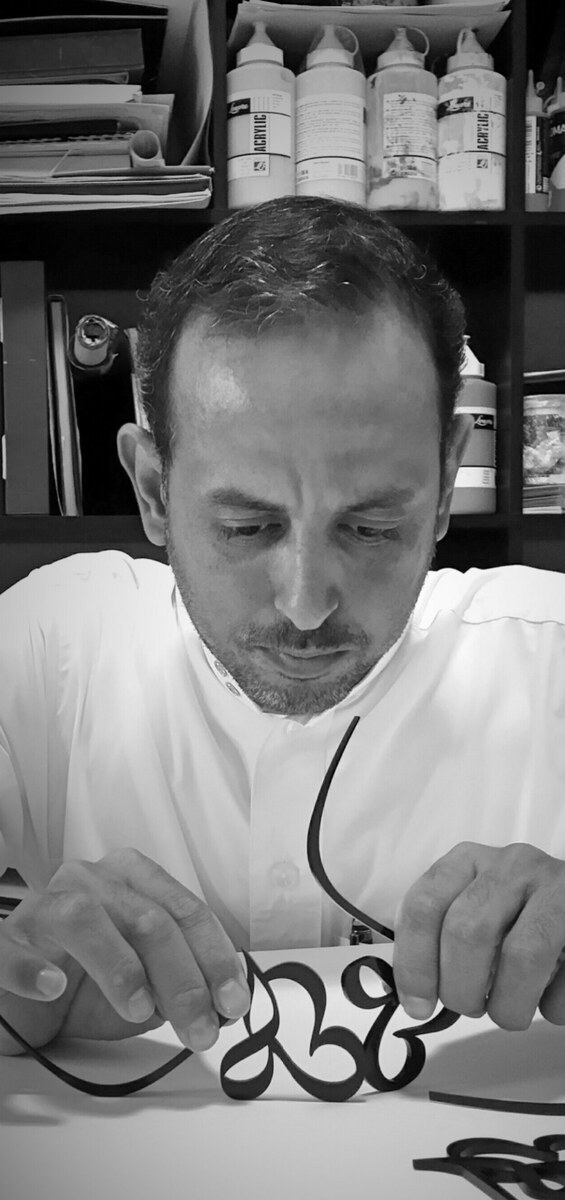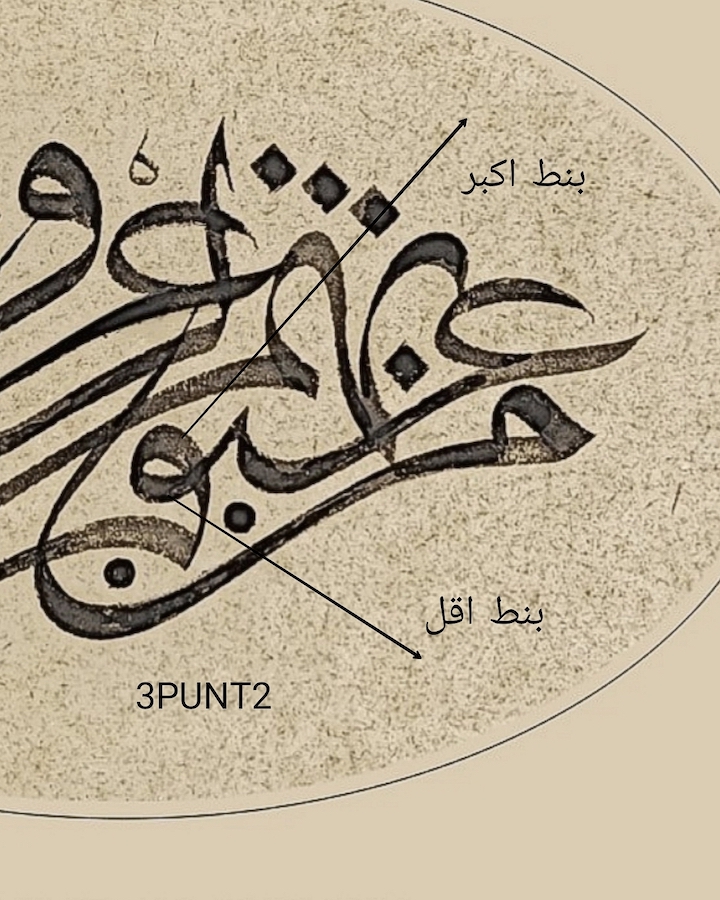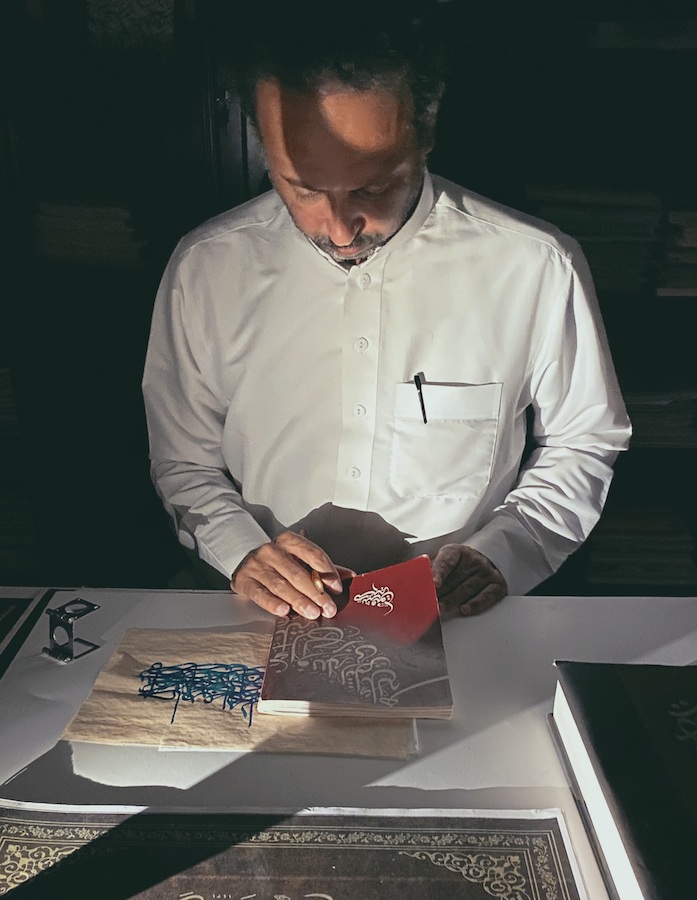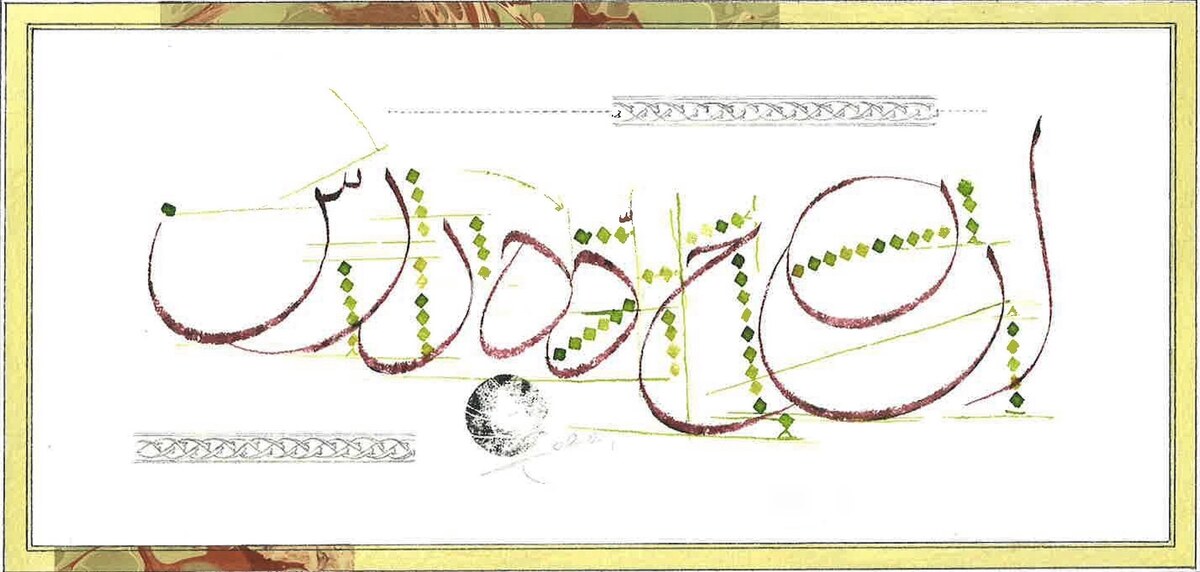RIYADH: Diriyah Art Futures, a new media arts hub in the region, has opened its doors with its inaugural exhibition, “Art Must Be Artificial: Perspectives of AI in the Visual Arts,” running until Feb. 15.
Curated by Jerome Neutres, former director at the Reunion des Musees Nationaux-Grand Palais in Paris, the exhibition features works by more than 30 international and regional artists exploring the history of computer art from the 1960s to the present day.
Haytham Nawar, director of Diriyah Art Futures, told Arab News that the art hub is “transforming Saudi Arabia into a global center of exchange and discourse in these emergent fields.”
The exhibit includes pieces by Saudi artists Lulwah Al-Homoud, Muhannad Shono and Nasser Al-Shemimry, showcasing Saudi Arabia’s burgeoning contributions to new media and digital art.
International artists include Frieder Nake (Germany), Vera Molnar (Hungary/France) alongside contemporary innovators like Refik Anadol (Turkiye) and Ryoji Ikeda (Japan).
“By placing works from different geographic regions, eras and mediums alongside one another, we aim to introduce the region to the immense power of new media art, while shining a light on its remarkable depth and potential,” said Nawar.
He added that the exhibition brings “a much-needed regional perspective to the conversation, allowing the works to be experienced, understood and perceived in new ways.”
Speaking about new media art explorations in the Saudi context, the hub director added: “Interestingly, with the word ‘algorithm’ originating from the Islamic world, the exhibition invites viewers to reflect on the relevance of these themes to Saudi Arabia, a country with a very young and technologically literate population, currently experiencing a dramatic transformation.”
Alongside its opening, the hub is also launching the Emerging New Media Artists Programme, developed in collaboration with Le Fresnoy — Studio National des Arts Contemporains in France.
The initiative will last one year, equipping emerging artists with advanced equipment, mentorship and funding to create innovative multidisciplinary works.
Nawar says Diriyah Art Futures selected a group of emerging artists from diverse backgrounds, hailing from across the world and representing a broad range of mediums.
“We wanted to work with artists whose work already stands out, but would benefit from a one-year program, under the mentorship of world-class artists.”
In addition, the hub has announced the Mazra’ah Media Art Residency, which will run from February to April next year. This three-month program invites established artists and scholars to engage with its resources to create works reflecting on the relationship between nature, technology and society.
Mona Khazindar, adviser to the Ministry of Culture, said that the hub is creating “a space for diverse perspectives and creative expressions to meet, converse and flourish — breaking down barriers and demonstrating the power of art to connect humanity.”
“DAF embodies Saudi Arabia’s commitment to facilitating cultural exchange and international collaboration, while creating opportunities for shared learning, innovation and mutual understanding,” Khazinder added. “Through our embrace of these principles, we aim to not only celebrate regional heritage, but also contribute to the global conversation about the role of culture in shaping a more connected and creative future.”
Developed by the Saudi Museums Commission in partnership with Diriyah Co., Diriyah Art Futures contributes to the global new media and digital art landscape by integrating regional voices and pioneering practices in art, technology and innovation.
The launch of Diriyah Art Futures aligns with Saudi Vision 2030’s commitment to advancing innovation, driving global collaboration and positioning the country as a leader in the global creative economy.










































